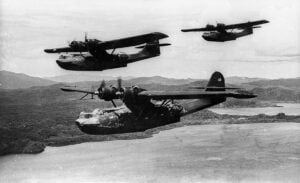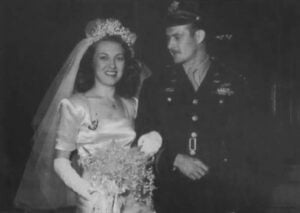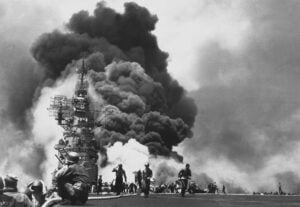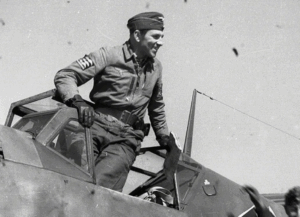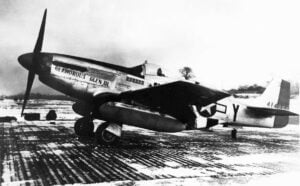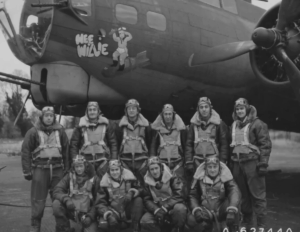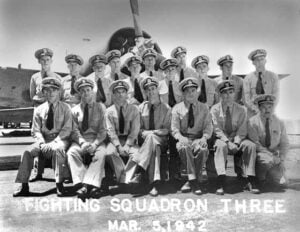Why This 1960s Helicopter Is Still In Service Today
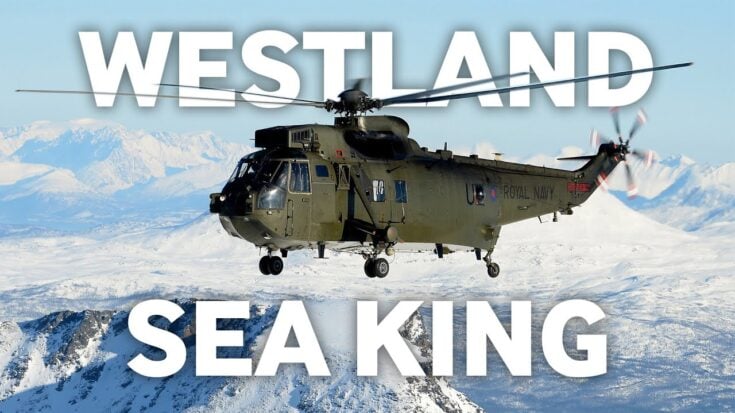
YouTube / Imperial War Museums
Arguably one of the most important innovations in modern naval warfare, the introduction of helicopters transformed how fleets operate. Among them, none have served the United Kingdom with more distinction or versatility than the Westland Sea King—the most significant British naval helicopter of the past 60 years.
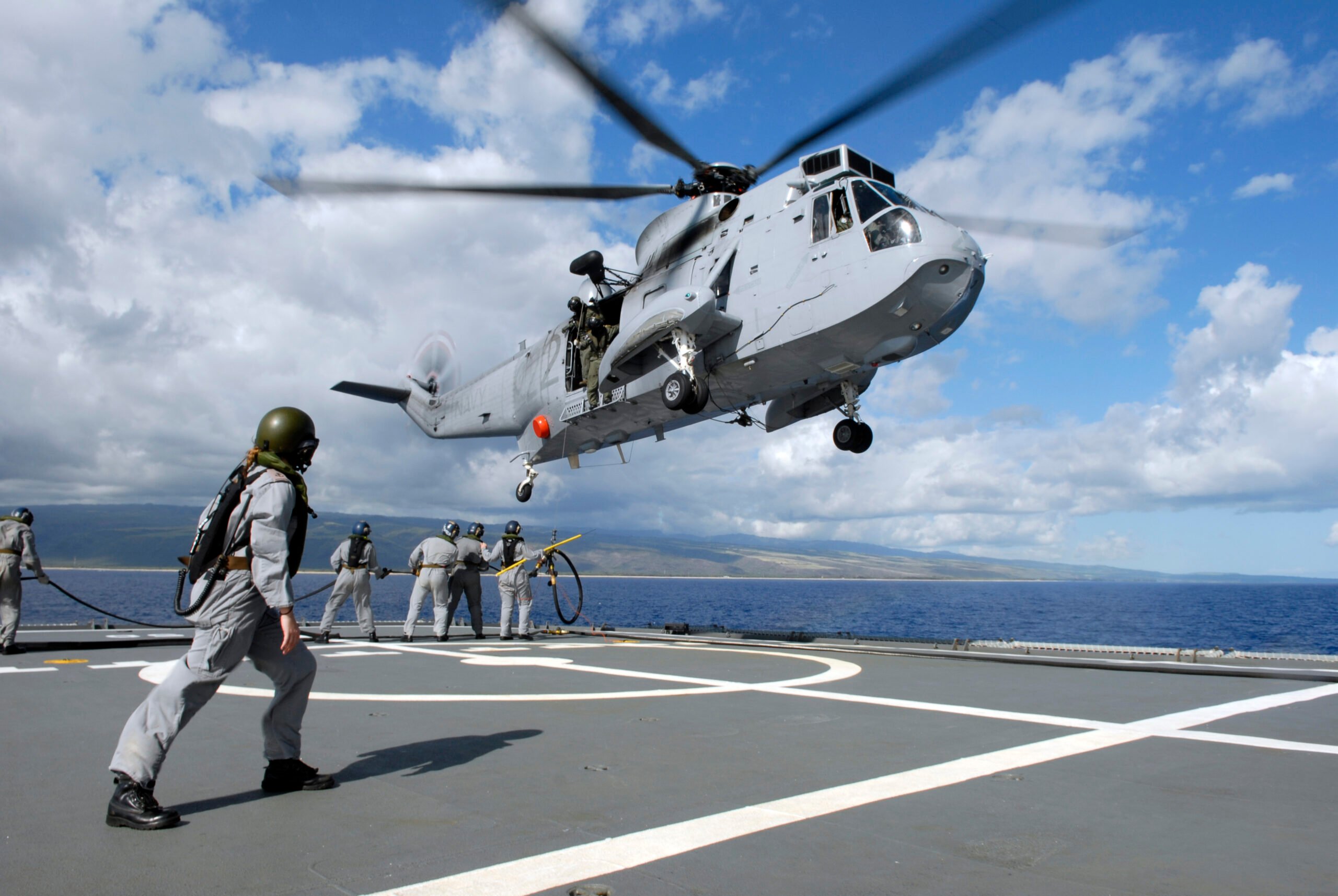
Born for the Sea, Built for More
Originally developed from the American Sikorsky SH-3, the Westland Sea King was tailored for British needs—most notably with an extended range of over 760 miles. Designed as an anti-submarine warfare (ASW) platform, the Sea King could deploy sonobuoys to detect enemy submarines, then triangulate and destroy them using depth charges or torpedoes.
But what truly set the Sea King apart was its adaptability. Over nearly 50 years of service (1969–2018), it evolved into a true utility helicopter, proving its value in every environment from icy seas to desert sands.
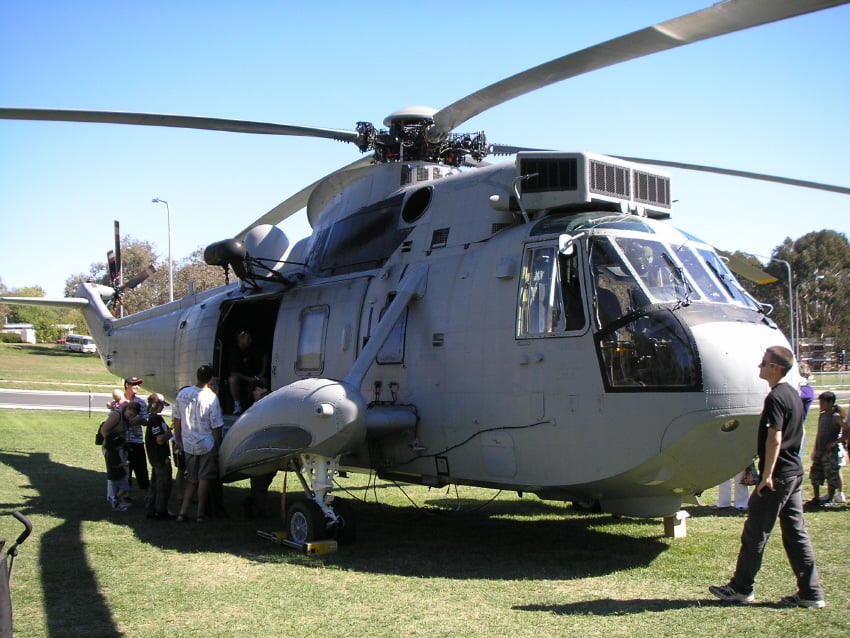
A Multi-Mission Workhorse
Beyond submarine hunting, the Sea King excelled in a wide array of roles:
-
Troop Transport & Heavy Airlift: It carried Royal Marine Commandos into combat zones, notably during the Falklands War in 1982.
-
Airborne Early Warning (AEW): Modified Sea Kings helped plug dangerous surveillance gaps after the Falklands conflict.
-
Search and Rescue (SAR): Its stable platform, long range, and spacious cabin made it an ideal life-saving aircraft, especially for the RAF Search and Rescue Force.
-
Combat Support: Sea Kings served in Operation Desert Storm (1991), and peacekeeping missions in Bosnia during the 1990s.
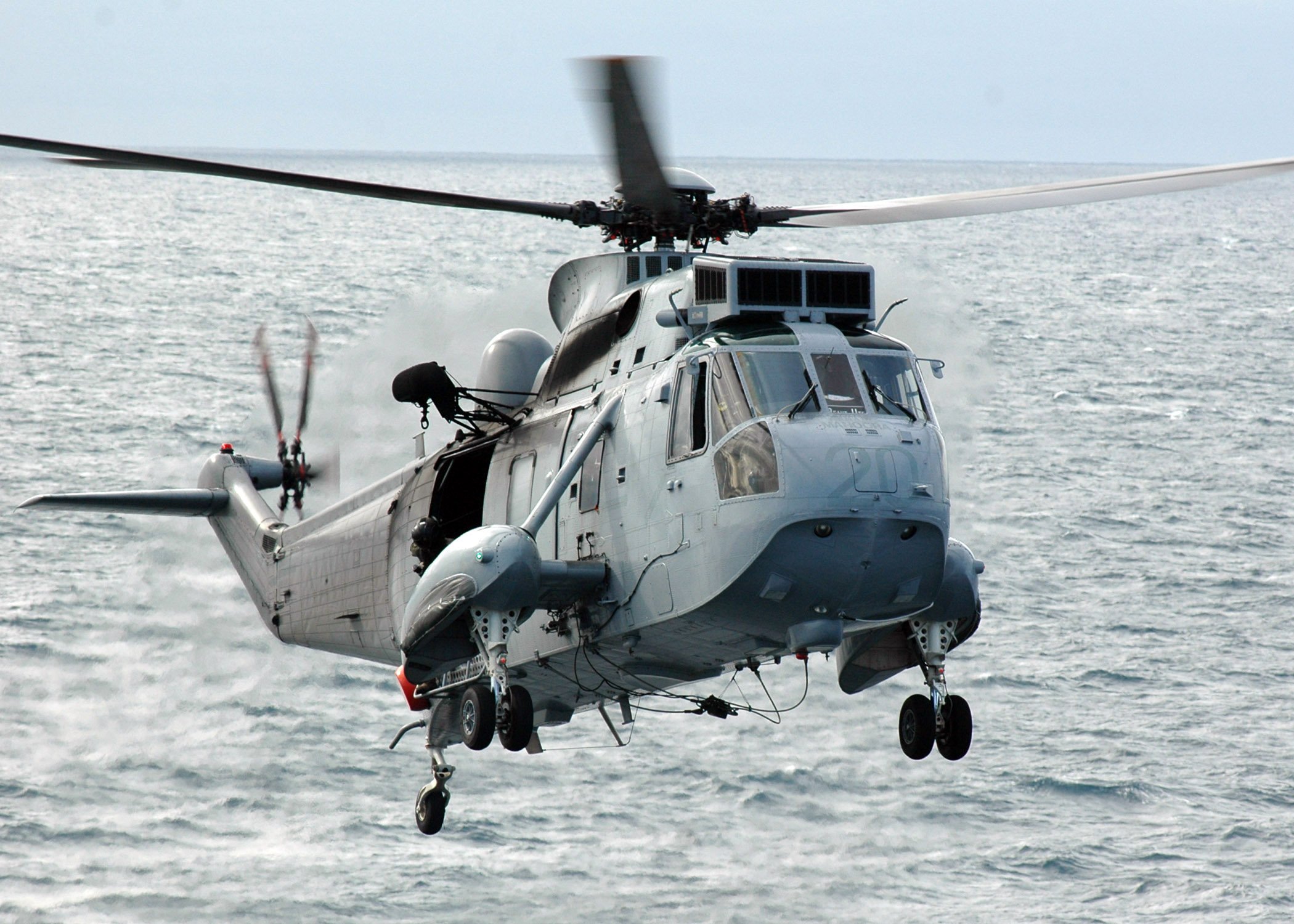
Why It Still Matters
From hunting submarines to rescuing civilians and deploying troops, the Sea King’s versatility was its greatest strength. Its long service life—spanning almost five decades—proves that good design, robust engineering, and adaptability never go out of style.
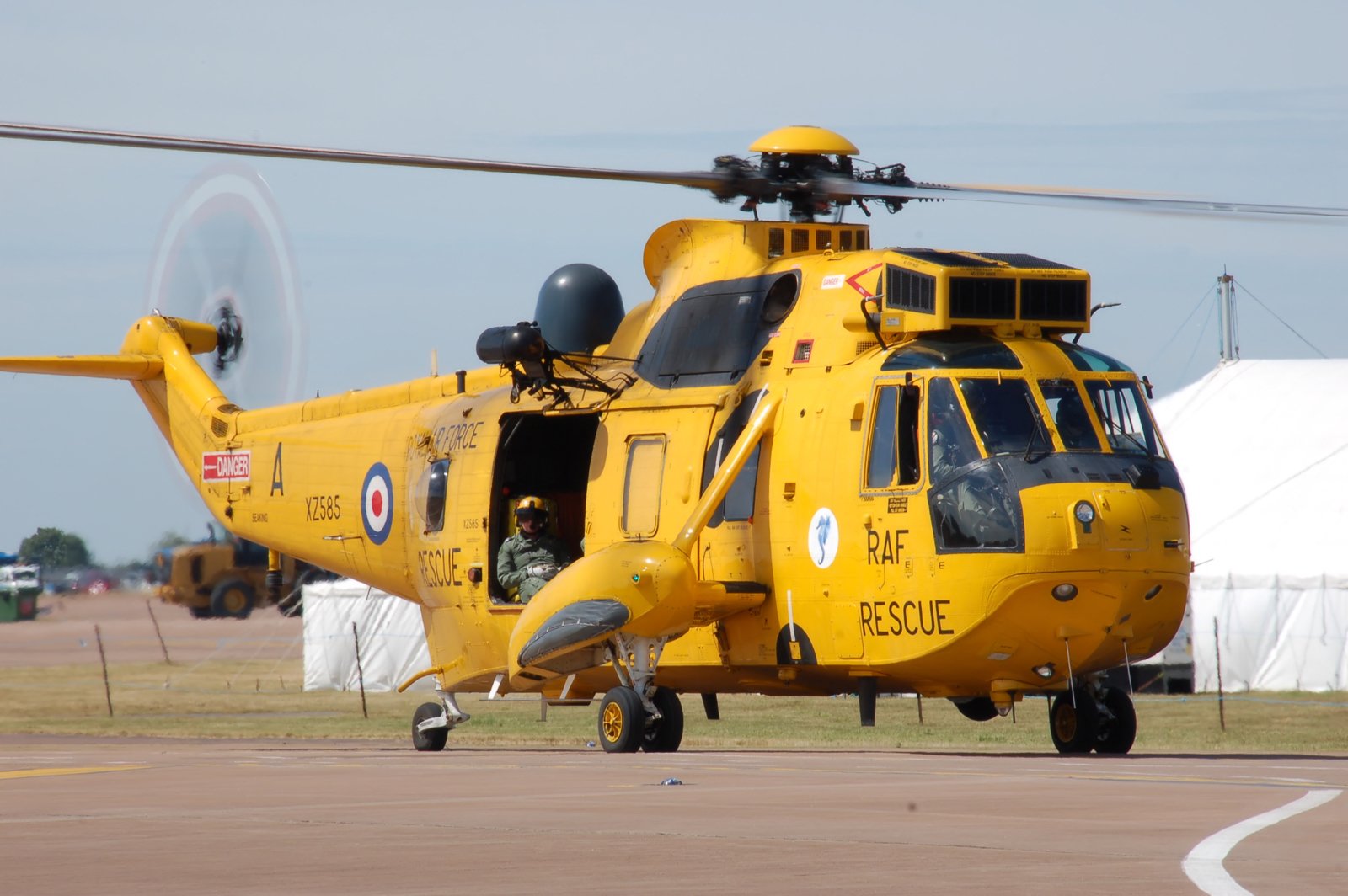
Though now retired from British service, the Westland Sea King remains a symbol of reliability, flexibility, and British naval innovation.














